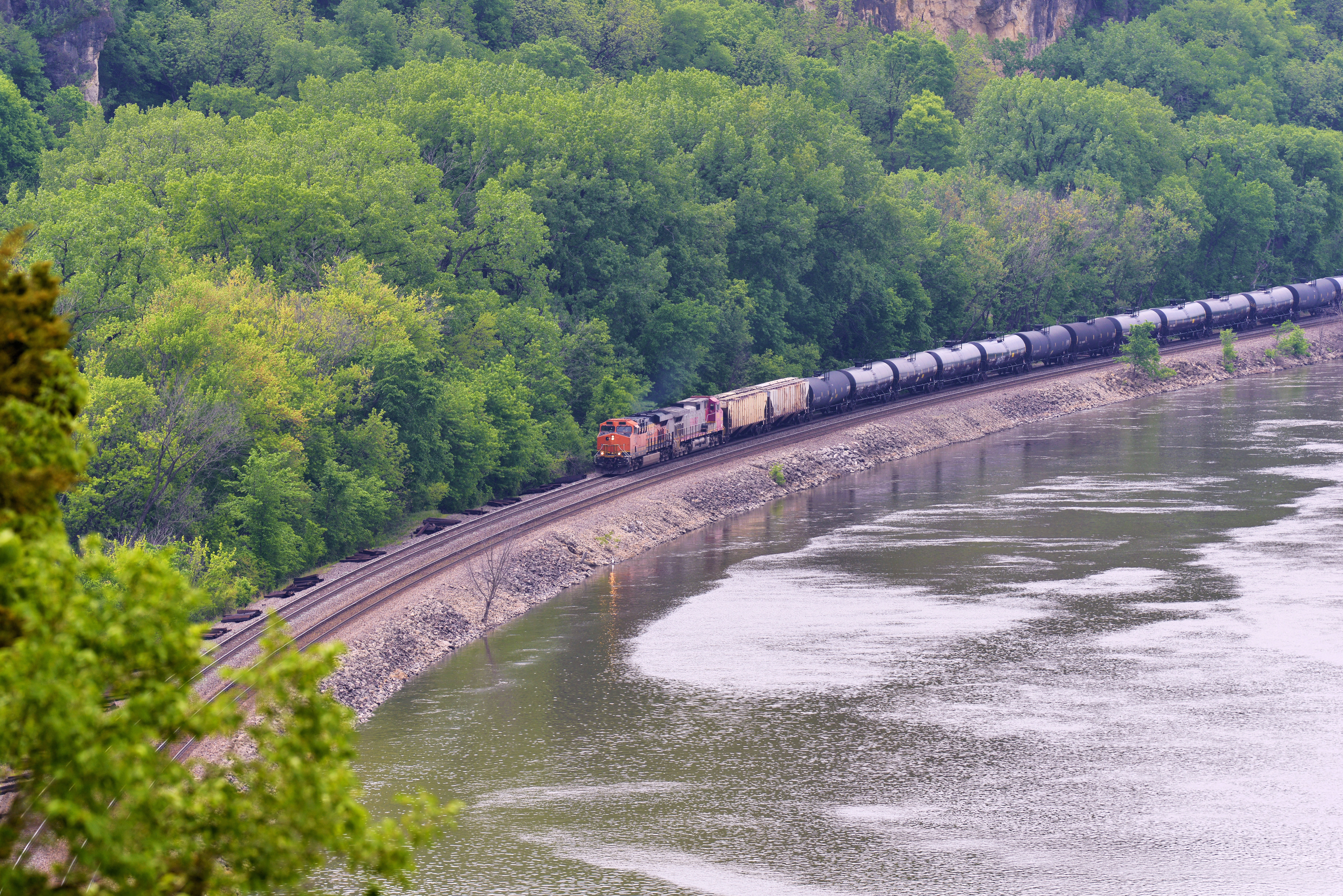Estimating the Costs of Rail Delays Due to HAZMAT Incidents
Rail incidents such as derailments and collisions can have serious impacts in terms of loss of life and damage to equipment and infrastructure. When the rail incident involves hazardous materials (HAZMAT), the consequences can be even more severe.

PHMSA, in collaboration with FRA, asked the U.S. DOT Volpe Center to analyze an additional potential impact from HAZMAT rail incidents that was not well understood: the impact on rail operations in terms of delay and associated emissions resulting from a closure.
To develop a method to estimate delay, the U.S. DOT Volpe Center team synthesized a variety of data sources, including the Surface Transportation Board confidential waybill sample data, and utilized various transportation modeling techniques. PHMSA asked for the U.S. DOT Volpe Center’s expertise in this area based on similar support provided to FMCSA to estimate environmental and delay costs from truck crashes.
The U.S. DOT Volpe Center delivered a final report to PHMSA in October 2023. The report indicates that in the U.S., approximately 27 rail incidents per year result in the release of HAZMAT with an estimated cost of delay and additional emissions of $3.3 million annually. On average, there are an additional nine rail-related HAZMAT releases that are not associated with a rail incident, which result in a cost of approximately $260,000 dollars each year.
These findings can be used to support policy and regulatory decision-making related to transporting HAZMAT by rail. Further, the estimation method developed by the U.S. DOT Volpe Center could potentially be used to evaluate costs of rail delay for a variety of purposes including the benefits of improving rail infrastructure or preventing other types of rail incidents, not just HAZMAT rail incidents.
The U.S. DOT Volpe Center’s multidisciplinary team included economists, geographic information system specialists, and subject matter experts on passenger rail and vehicle emissions. The team modeled the various factors that impact the cost of delay: freight rail volumes, passenger rail volumes, track capacity, the marginal impact of the presence of HAZMAT on the duration of closure, train congestion, locomotive emission rate, train crew costs, equipment costs, passengers per train, fuel costs, and the social costs of emissions. The U.S. DOT Volpe Center combined the various model components to produce estimates for a variety of scenarios covering various locations on the U.S. freight rail network.
